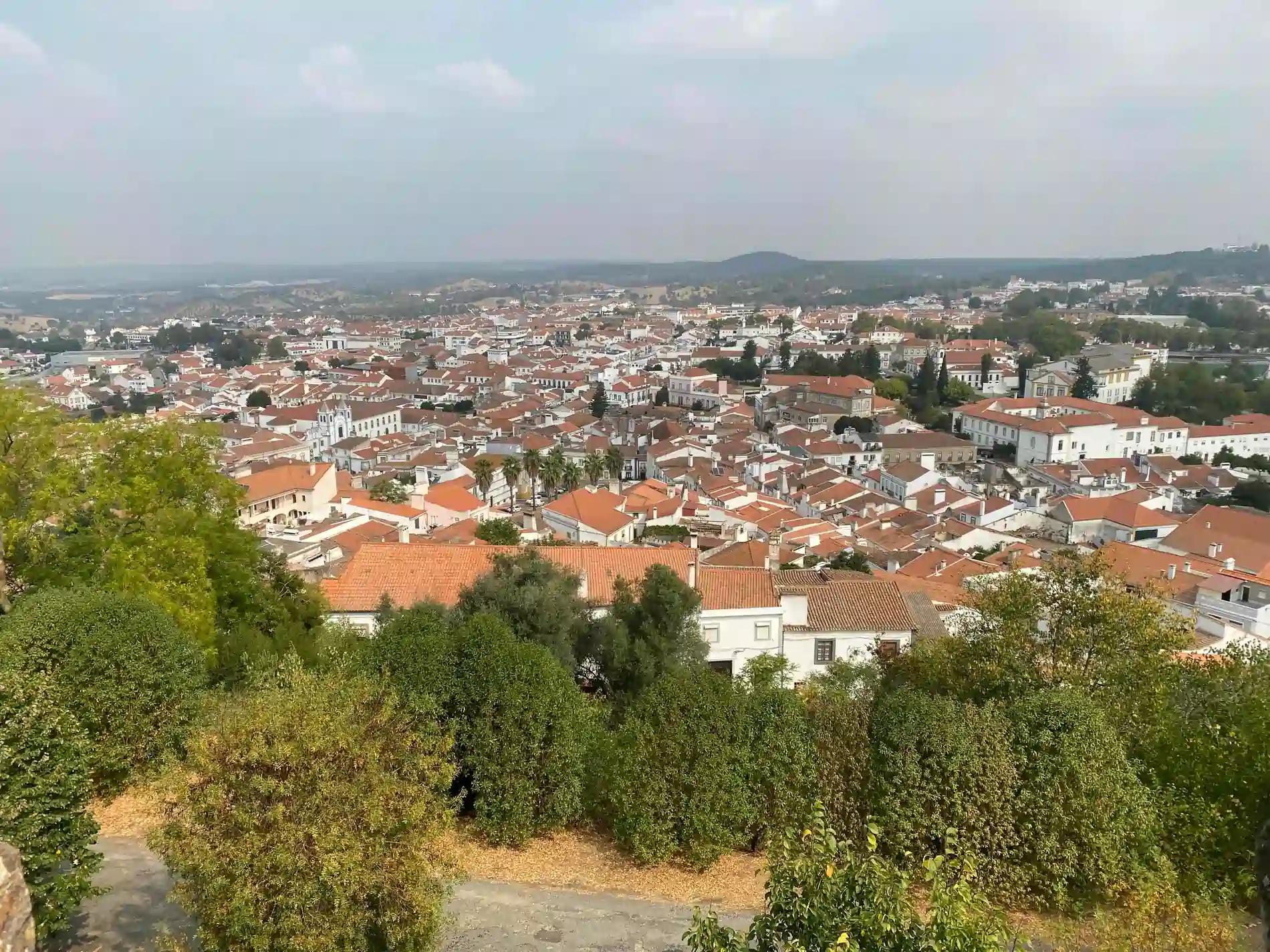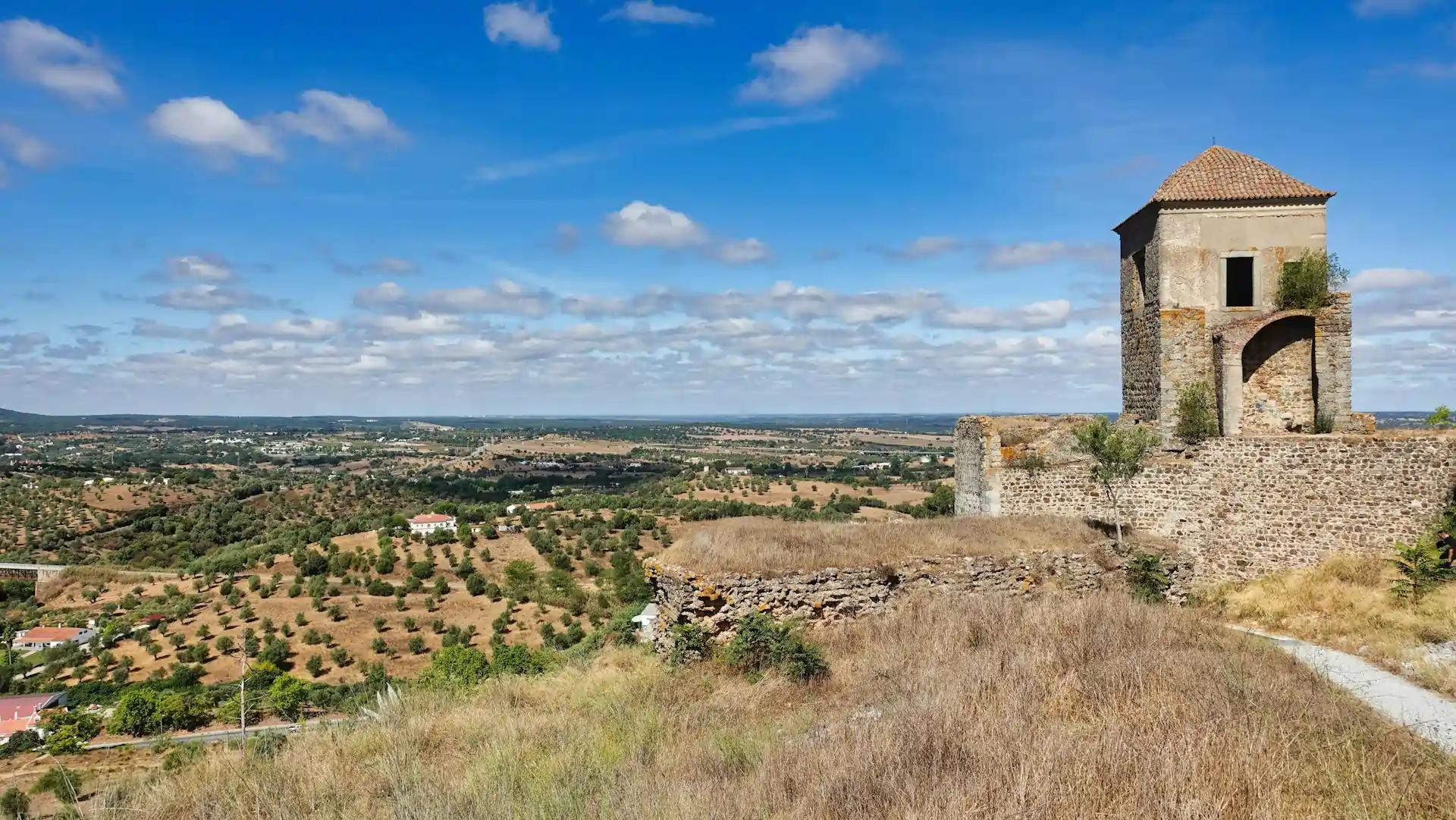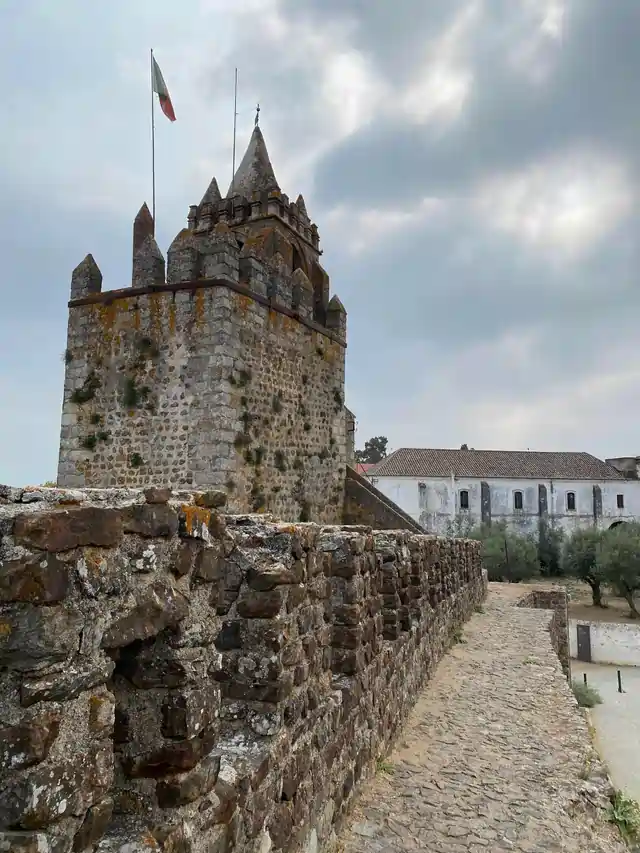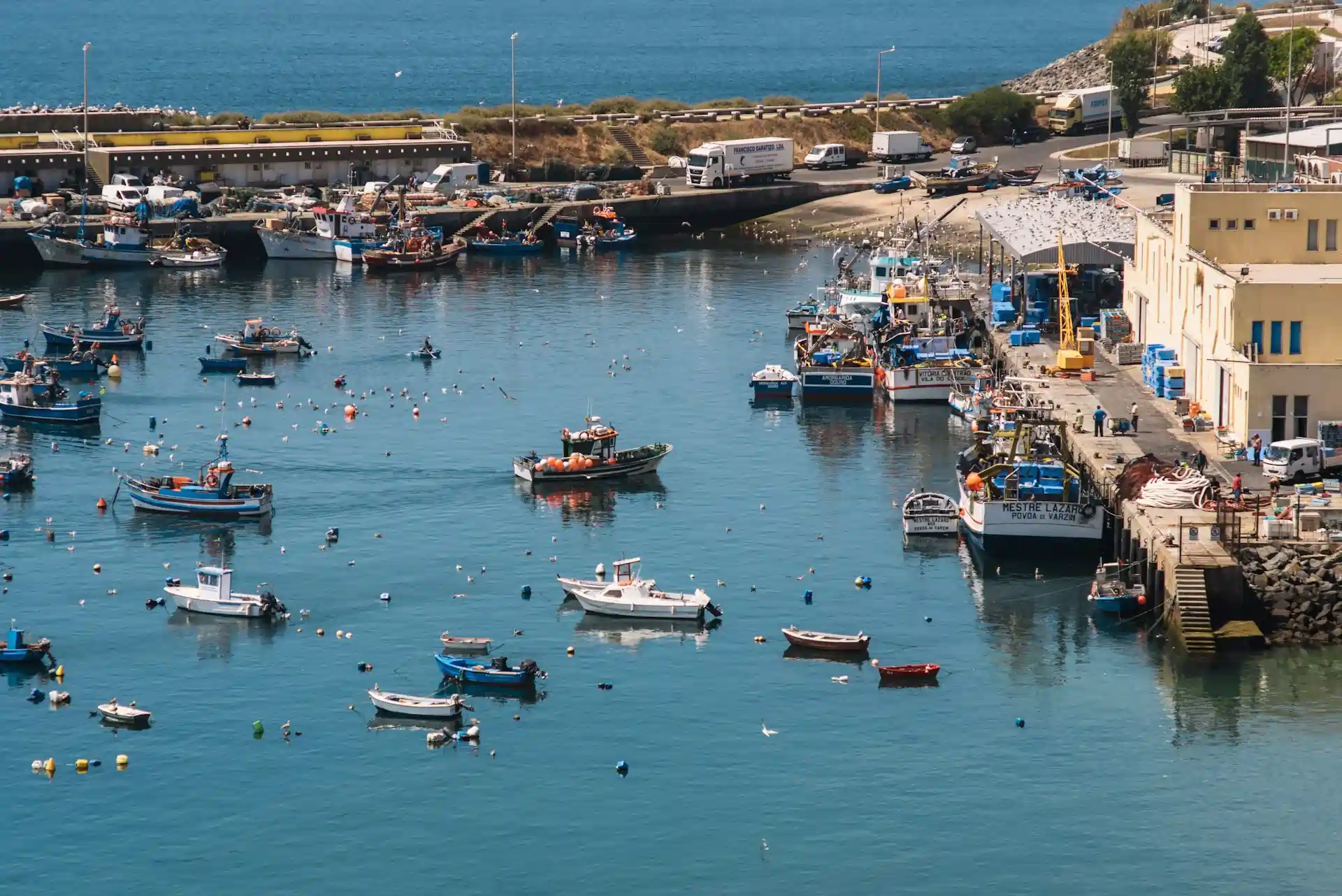
Discover Montemor-o-Novo: A Hidden Gem in Portugal’s Heartland
Nestled between Lisbon and the Spanish border, Montemor-o-Novo sits at the crossroads of central and southern Portugal, a place often passed through but rarely explored. Despite being a well-traveled route, it remains one of Portugal’s best-kept secrets, brimming with history, charm, and a unique blend of rural and aristocratic culture. This hidden gem is waiting to be discovered, from its delightful streets lined with cafes and restaurants to the enchanting countryside that stretches beyond the town limits.
Montemor-o-Novo surprises not just with its unassuming presence but with the layers of history embedded in its landscape. The town’s beauty lies in its simplicity, where the past harmoniously coexists with the present. Ancient religious orders and the rural nobility have left their mark in the form of 17th-century manor houses, centuries-old convents, and churches adorned with Manueline doorways, richly decorated Baroque altars, and awe-inspiring frescos and tiles. The essence of Montemor is in how the centuries blend seamlessly, with modest homes standing side by side with historical landmarks.
Noteworthy Landmarks
Among the town’s treasures is the Convent of St. João de Deus, which has been beautifully restored and now serves as the Municipal Library, Historical Archives, and Municipal Gallery. Adjacent to the convent is the Crypt of St. João de Deus and the Parish Church (Igreja Matriz). Here, visitors can learn about the deep connection Montemor holds with its patron saint, who was born in the town. The Parish Church is home to a remarkable fresco that spans the ceiling of the nave, a vivid reminder of the town’s religious and artistic heritage.

The Terreiro de St. João de Deus square is dominated by a statue of the saint, with the imposing facade of the Parish Church standing prominently behind it. Across from this, you’ll find the magnificent Manueline doorway of the Misericórdia Church, where the intricate tracery of the vaulting captivates visitors, echoing the design seen in the Our Lady of Visitation Church. Inside, you’ll discover unique 17th-century altarpieces, the Sala do Despacho, and an 18th-century organ crafted by the renowned Italian master, D. Pascoal Caetano Olduvini. An exquisite Pieta, a marble masterpiece from the 15th century, adds to the church’s allure.
Another restored religious site is the Igreja do Cavalho, a 17th-century church that retains its carved wooden side altars, “dressing room,” and crucifix, now housing the altar piece from the Ermida de St. Pedro. History enthusiasts will also appreciate the Convent of St. Domingo, home to Montemor’s Archaeological Museum, where relics from the town’s rich past are carefully preserved.
Convents of Montemor-o-Novo
The Convent of St. Francisco originally began as the Chapel of Our Saint of Grace in 1495 and now houses the Cultural Arts Association, a hub for artistic expression in the region. Perhaps the most artistically significant structure is the Convent of Salutation (Saudação), which dates back to the 16th century and spans into the 19th century. The convent is currently undergoing restoration, but visitors can still explore its artistic treasures, including the Portaria (entrance hall) lined with tiles from 1651, and the Claustros (cloisters). Beyond the cloisters lies the garden where you can find the Church of St. James (Igreja de Santiago), the Torre da Má Hora (Tower of the Bad Hour), and the Porta do Sol (Gateway of the Sun), all of which stand as testaments to Montemor’s historical significance.
The Castle and Beyond

Montemor-o-Novo’s castle offers a leisurely yet enriching exploration. Enter through the Porta da Vila (Town Gate), next to the Casa da Guarda (Guardhouse), and carefully ascend the steps to the Torre do Relógio (Clock Tower). From the castle walls, you’ll enjoy a breathtaking view of the Paço das Alcaides, the ruins of the royal palace that once housed monarchs and hosted the court.
Other significant structures around the castle include the Guard House, Town Portal, and various tomb niches. The Convent of Salutation, Church of St. James, and the Tower of the Bad Hour are also part of the castle’s historic complex, along with the remains of the old town hall and a possible Moorish Slaughterhouse. Another point of interest is the Tower and Doorway of the Angel and the ruins of the St. Maria of Bispo Church, further enriching the sense of history that permeates the area.
A Cultural and Scenic Hub
.webp)
For a quieter moment, visit the Fonte de Letras, an exhibition gallery and café where visitors can enjoy a drink while taking in local art. Another must-see is the Chapel of St. Pedro of Ribeiro. Dating from the 16th to the 18th century, this chapel houses a remarkable collection of murals, including a Gothic-style fresco behind the altar depicting St. Pedro alongside a series of agricultural scenes. If you look closely, you may spot the unexpected figure of an elephant hidden within the artwork.
Montemor-o-Novo is a town that defies expectations. Whether it’s the enchanting blend of the old and the new or the simple beauty of its streets and landscapes, this unassuming town offers visitors a unique and unforgettable experience. Explore its historic treasures, take in the picturesque views, and discover the profound connection between its past and present.
alentejo montemor-o-novo

